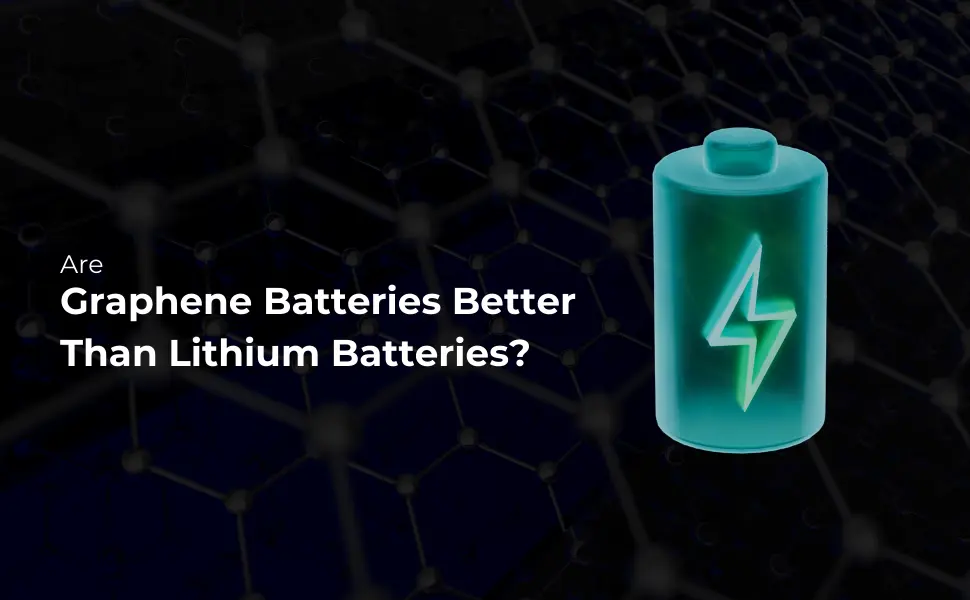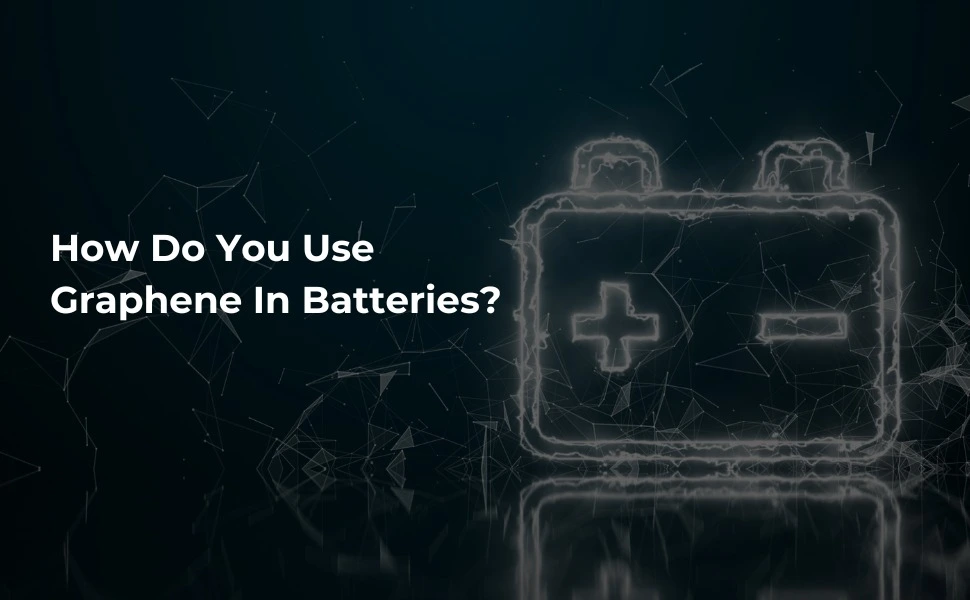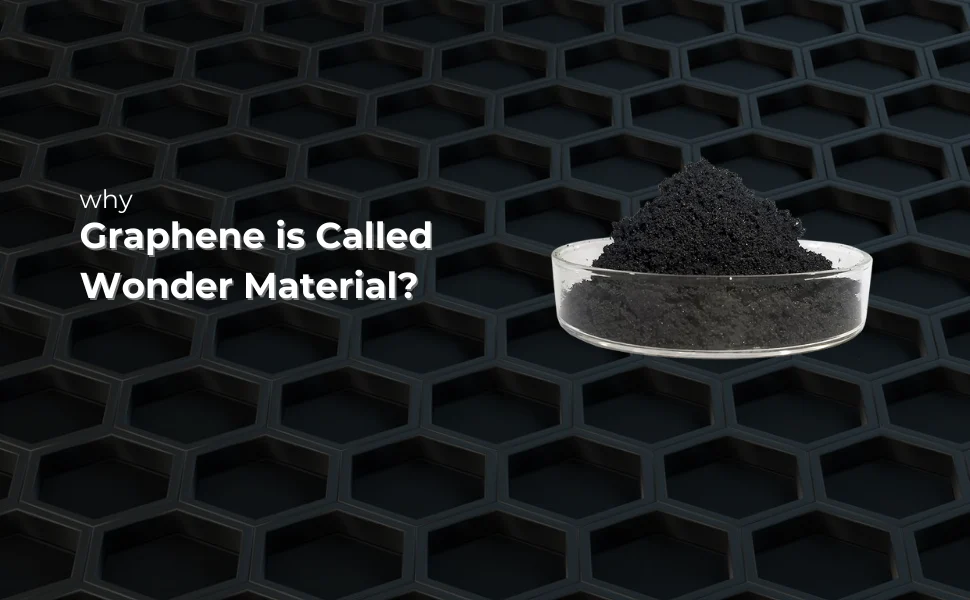
by Nanotech | Apr 11, 2025 | Research
Graphene sheets are transforming industries with their special qualities and rank among the most sought-after nanomaterials in modern science and tech. These sheets consist of super-thin layers of carbon atoms that conduct electricity well, show great strength, and...

by Nanotech | Mar 20, 2025 | Research
As technology in storing energy advances, graphene for battery applications emerged as a potential alternative to ordinary lithium-ion batteries. Graphene is a hexagonal sheet of carbon atoms, and it is excellent in electrical conductivity, tensile strength, and...

by Nanotech | Mar 13, 2025 | Research
Graphene, a single layer of carbon atoms arranged in a hexagonal lattice, is revolutionizing the battery industry. With its superior electrical conductivity, lightweight structure, and incredible mechanical strength, graphene is being integrated into batteries to...

by Nanotech | Mar 8, 2025 | Research
Graphene is often referred to as a “wonder material” because of its unique combination of strength, flexibility, electrical conductivity, and thermal properties. But what exactly makes graphene so special? Let’s explore why graphene has earned this...

by Nanotech | Mar 6, 2025 | Research
Carbon nanotubes (CNT) have gained immense attention in nanotechnology due to their exceptional electrical, mechanical, and thermal properties. Researchers and industries alike are exploring their potential in various applications. One of the most frequently asked...

by Nanotech | Feb 28, 2025 | Research
Carbon nanotubes (CNTs) are one of the most extraordinary nanomaterials ever found, with characteristics that render them very useful in many industries. The tubular structure, created by rolled-up graphene sheets, possesses outstanding mechanical, electrical, and...







